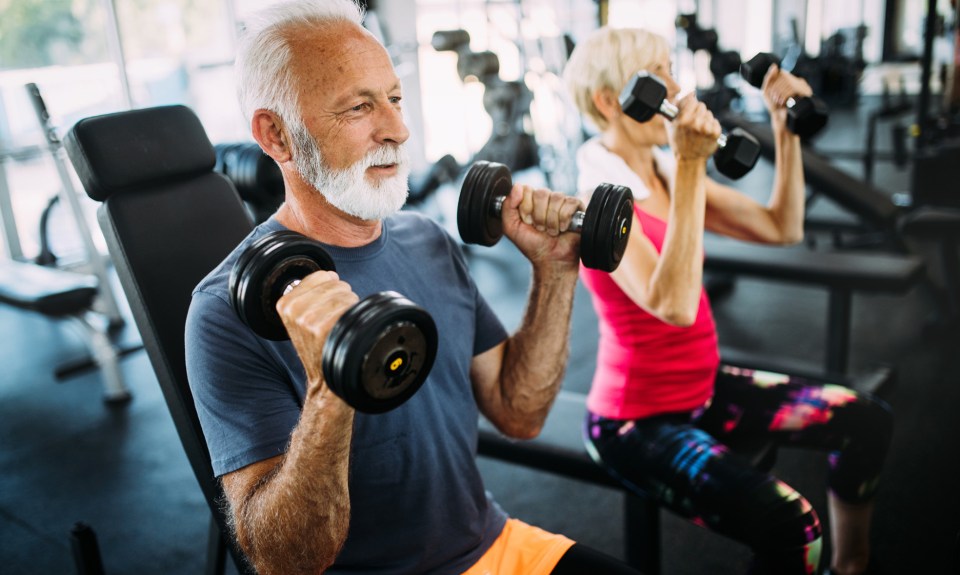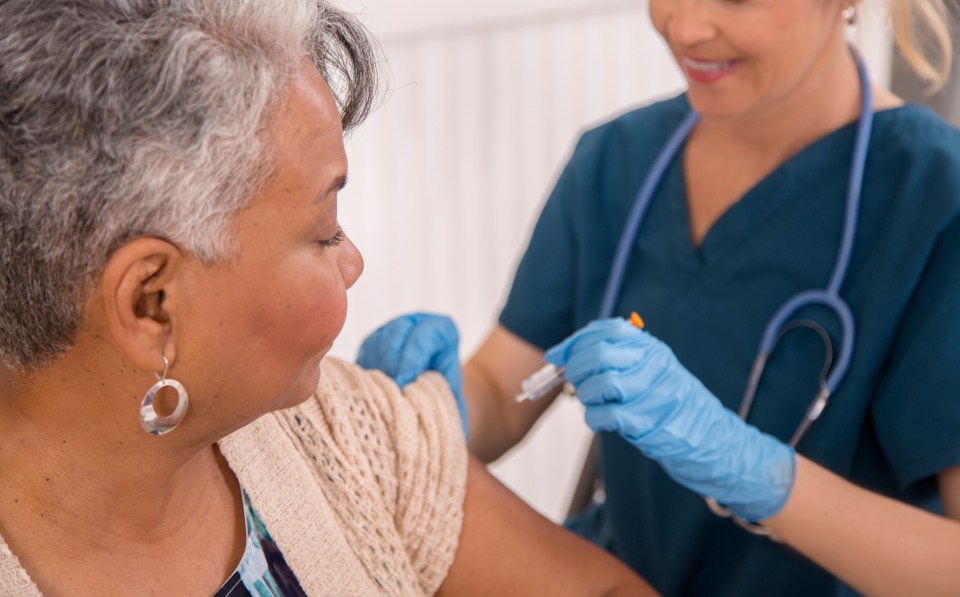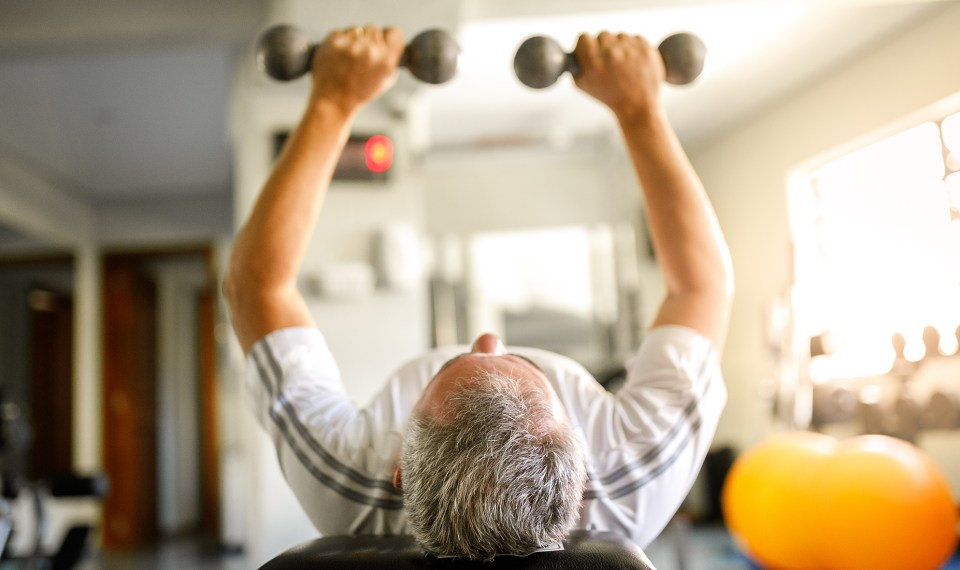Loss of mobility is a common challenge that occurs as we age. Trouble moving or walking can make activities of daily living difficult to perform and at times lead to a loss of independence.
While many may assume that exercising with poor mobility can result in increased risk or injury, it actually has significant impacts on improving mobility, balance and overall well-being—even for older adults living with arthritis, back pain or osteoporosis.
Before starting any exercise routine, it is always important to check with your physician to determine which exercises would be safe and most beneficial for you. Learn how different types of exercise can be benefit older adults and help you regain mobility and independence.
Aerobic exercise
Aerobic exercises can be great for improving heart health for people who have heart disease and high blood pressure. Aerobic exercises can help lessen your risk for developing heart disease or slow the progression of heart disease.
For older adults, aerobic exercise can keep muscles strong which helps maintain mobility, reduces the risk of falls and can help keep your mind sharp. The CDC recommends 150 minutes of moderate-intensity aerobic activity per week for older adults who don’t have any limiting health conditions. For those with existing health conditions, it’s important to talk to your physician about which aerobic activities are best for you.
Strength training
Strength training can have several benefits for older adults and make a big impact on their overall quality of life. Strength exercises gently stress the bones, which eventually leads to increased bone density. This helps reduce the risk of developing osteoporosis and fractures that can occur due to a loss of bone density as we age.
Most importantly, strength training can help older adults reduce the risk of falls. Strength training helps older adults build strong muscles, which in turn improves body mechanics and balance—all important components in reducing the risk of potential falls.
Flexibility
Exercises that promote flexibility can help older adults accomplish activities of daily living and maintain the physical activities they enjoy such as tennis or golf. Lengthening and stretching your muscles prevents injuries that could lead to back issues or balance problems while lowering the risk of future injuries. However, it’s important to note that experts recommend stretching in the morning, after exercise and at night. But stretching before physical activity may actually increase your risk of injury.
Getting Started
Starting an exercise routine can be difficult but sticking to your physician’s recommendations can have significant impacts on your mobility. Here are a few tips to help ease into your routine:
- Get medical clearance. Make sure to get your physician’s approval before starting any exercise routine to avoid potential complications or unnecessary injuries.
- Assess what you can and cannot do. Start slowly and don’t be too hard yourself. Doing too much activity too soon can have negative impacts on your mobility.
- Have a fitness schedule. What days are you going to work out? What days will be your rest days? What exercises are you going to do? Planning ahead of time makes it easier for you to stick to it.
- Progress slowly. Gaining muscle and building endurance takes time. Be confident and consistent during the process.
- Monitor your progress. Tracking your progress can be a great motivator by reminding you how far you’ve come.
- Reward yourself. Take a bath. Treat yourself to new workout clothes or shoes when you hit your exercise goals.
Regular physical activity can help older adults live a healthier, more fulfilling life. By taking up an exercise routine, you’re lowering your risk of injury and the likelihood of developing chronic conditions while increasing your ability to maintain your independence.
The content of this site is for informational purposes only and should not be taken as professional medical advice. Always seek the advice of your physician or other qualified healthcare provider with any questions you may have regarding any medical conditions or treatments.



